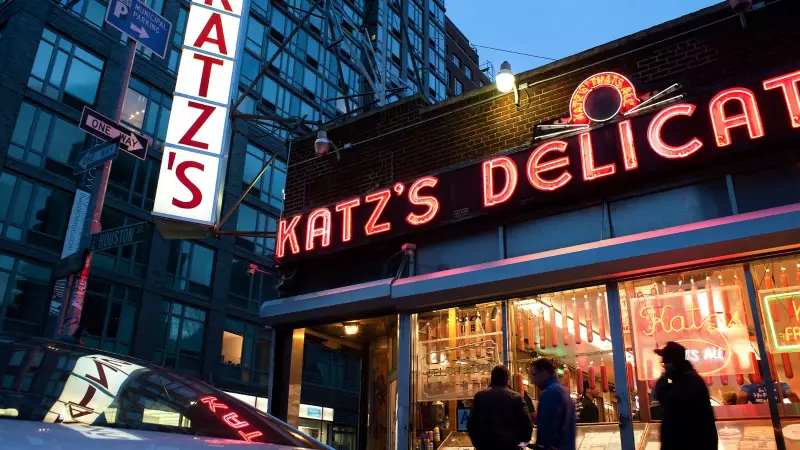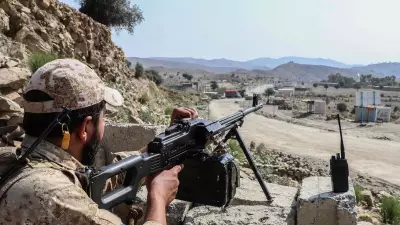
The concrete jungle of New York, a metropolis that has long defied simple definition, continues to reveal new layers of complexity in the 21st century. This city of towering skyscrapers and hidden alleyways maintains its reputation as a place where extreme contrasts coexist in fascinating harmony.
The Eternal Dance of Wealth and Struggle
Walking through Manhattan's streets, one witnesses a stark economic divide that defines the city's character. Luxury condominiums worth millions stand mere blocks from affordable housing projects, creating a visual narrative of America's wealth gap. This economic dichotomy isn't new, but it continues to evolve in surprising ways.
The city's real estate market tells its own story of contradictions. While billionaires purchase penthouse apartments as investment properties, thousands of New Yorkers face housing insecurity. Yet, within this tension, the city maintains its magnetic pull for dreamers and entrepreneurs from around the globe.
Cultural Melting Pot: Then and Now
New York's identity as a cultural crossroads remains one of its most defining features. From the early 20th century immigration waves through Ellis Island to today's global citizens, the city has constantly reinvented its demographic landscape.
Neighborhoods that once housed specific ethnic communities now blend multiple cultures, creating unique fusion experiences in food, art, and daily life. This cultural alchemy continues to produce new forms of expression that influence global trends.
The Pandemic's Lasting Impact
Recent years have tested New York's resilience like never before. The COVID-19 pandemic forced a reevaluation of urban living, with many questioning the future of dense cities. Yet, New York demonstrated remarkable adaptability.
Outdoor dining structures transformed streetscapes, remote work reshaped commercial districts, and public spaces gained new importance. These changes revealed both the city's vulnerabilities and its incredible capacity for reinvention.
Architectural Evolution Meets Historical Preservation
The city's skyline tells a story of constant transformation. Glassy supertall skyscrapers now punctuate neighborhoods once dominated by historic brownstones and pre-war buildings. This architectural layering creates visual tension that many find both jarring and exhilarating.
Preservation efforts often clash with development ambitions, resulting in a city that simultaneously honors its past while racing toward the future. This balancing act defines much of New York's current urban planning challenges.
The Changing Face of Neighborhoods
Areas like Brooklyn have undergone dramatic transformations, shifting from industrial zones to cultural epicenters. Meanwhile, traditional business districts adapt to hybrid work models, and residential neighborhoods welcome new populations.
This constant neighborhood flux creates opportunities and challenges in equal measure, maintaining New York's reputation as a city in perpetual motion.
The Spirit That Defines New York
Beyond the physical and economic contrasts lies something less tangible but equally important: the city's unique energy. The famous New York attitude—a blend of resilience, directness, and hidden warmth—continues to characterize its residents.
This spirit manifests in everyday interactions, from subway encounters to street conversations, creating the social fabric that makes New York unlike any other city on Earth.
As the city moves forward, it carries its contradictions not as burdens but as essential components of its identity. These paradoxes don't weaken New York—they give it the dynamic tension that has fascinated observers for generations and will likely continue to do so for generations to come.





